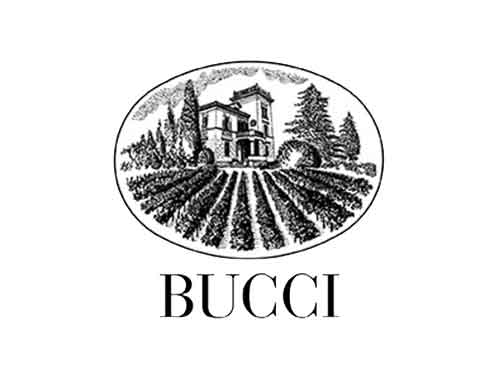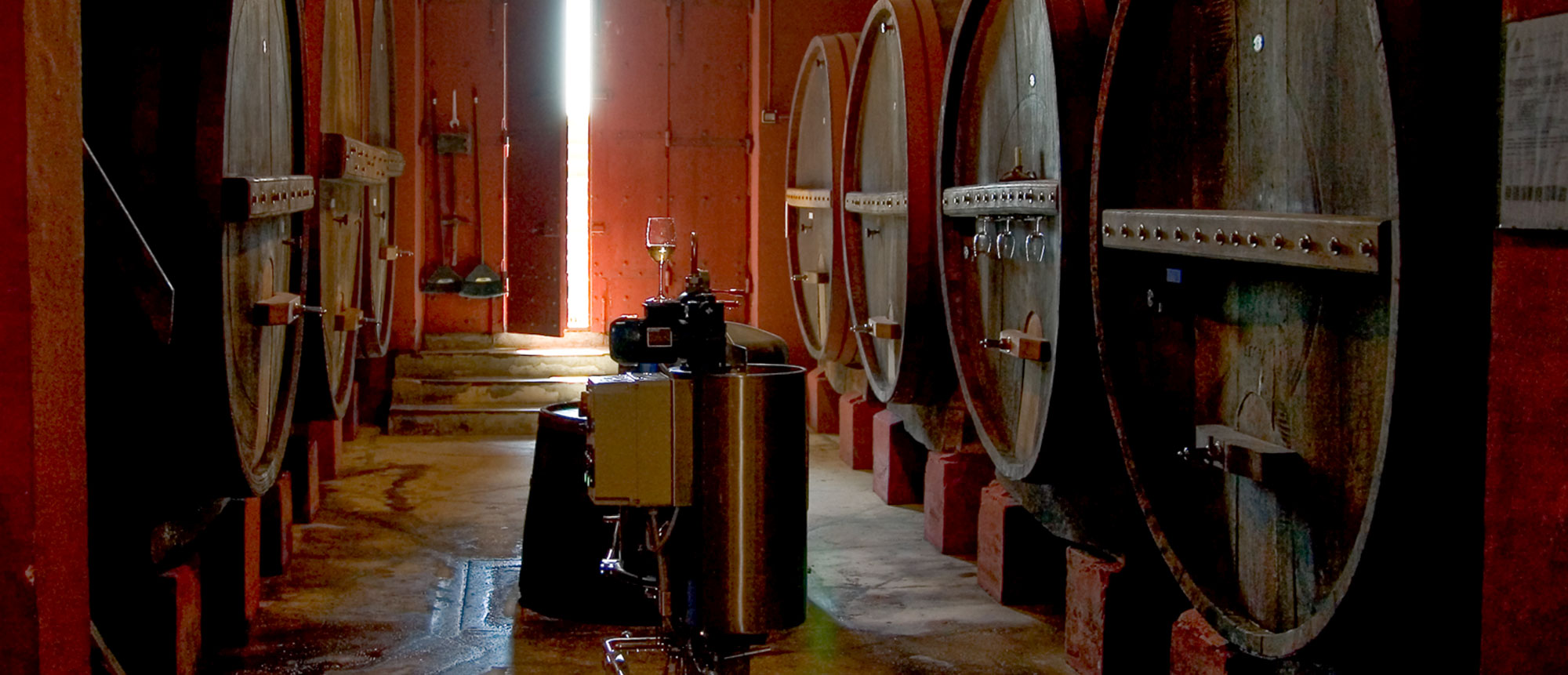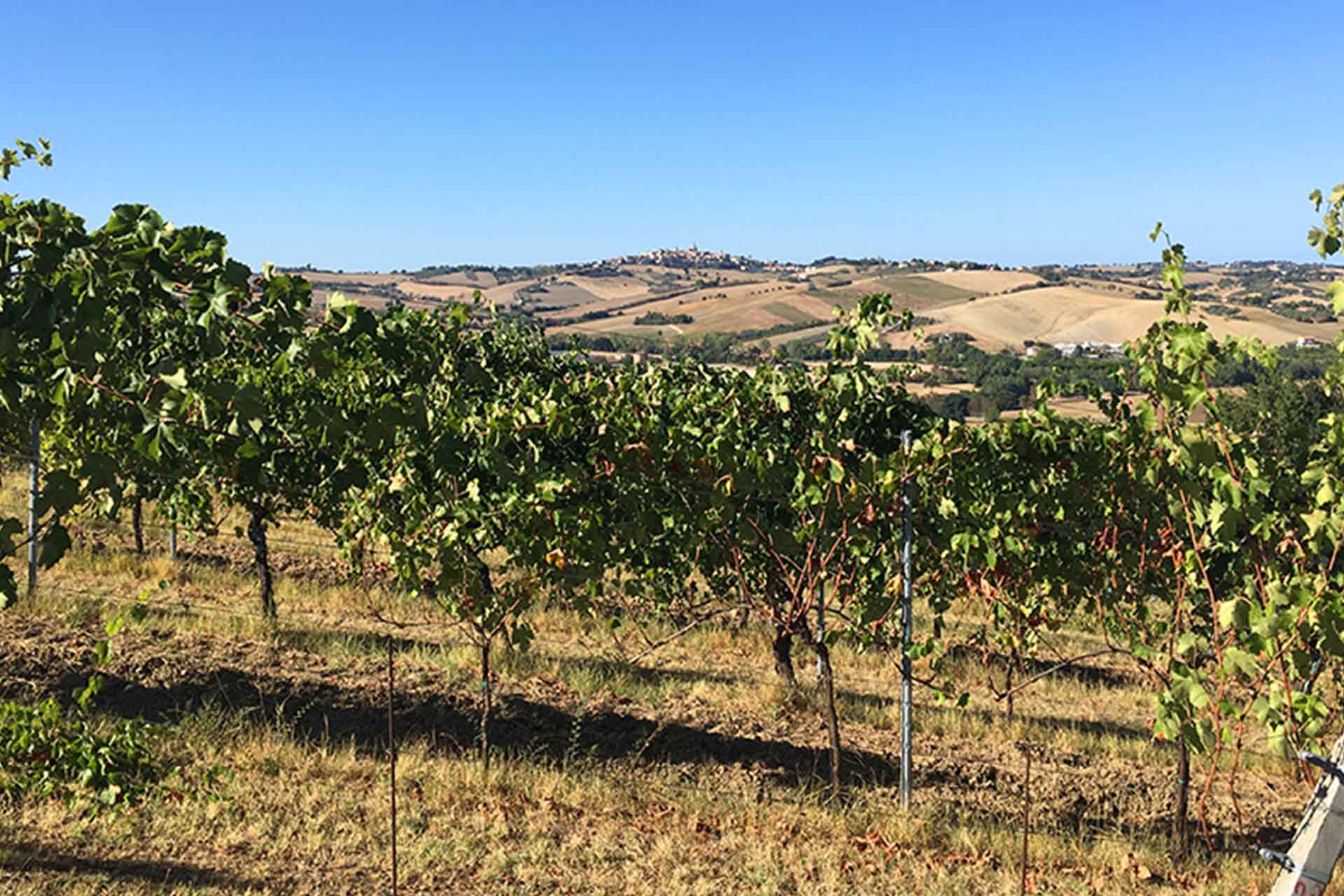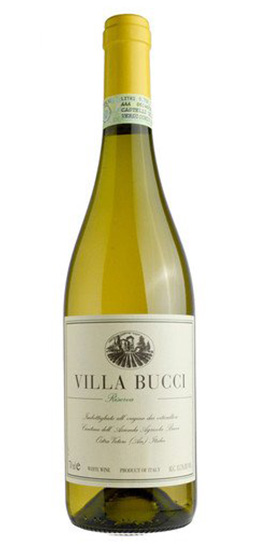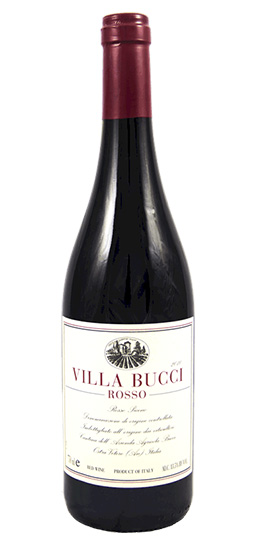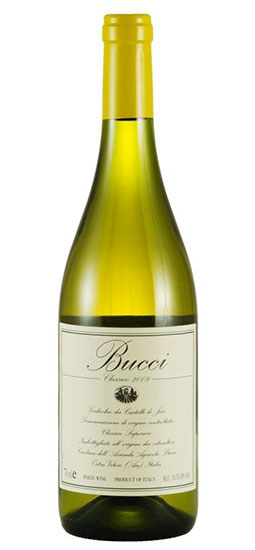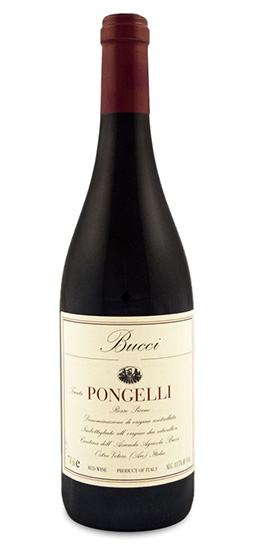Bucci
Federico Veronesi continues the legacy of Villa Bucci, a winery shaped by the pioneering vision of Ampelio Bucci in Le Marche. Decades ago, Bucci elevated Verdicchio dei Castelli di Jesi – an indigenous white grape with no equals – creating a wine now recognized worldwide for its unmistakable style, unparalleled elegance and longevity. Villa Bucci is a symbol of Italian excellence, where innovation, dedication and a one-of-kind terroir come together in every bottle.
POINTS OF DIFFERENTIATION
- 100% Verdicchio vines that are selected from the best clones in Bucci’s private nursery
- Only estate-grown fruit from six meticulously chosen and cultivated vineyards with purposely lower than required crop yields and different sun exposures and elevations to attain masterfully articulated blends
- The average age of the vines is 50 years
- Organic farming since 1999
- Fifty-year-old large Slavonian oak barrels (50-75 hectoliters) used in aging process favors excellent micro-oxygenation, stabilizes wines, helps develop cellarability, and flavor and aromas, without imparting any oaky flavors
THE HISTORY
Villa Bucci has a long and storied past, giving the current owner Federico Veronesi the foundation needed to preserve tradition while continuing to push boundaries in Italian winemaking and capture even more of the global market. From the beginning, the focus has been on native Italian and Marche grapes, with a commitment to showcasing their full potential with a trademark style.
Villa Bucci was one of the first in Italy to demonstrate that Italian whites could be both complex and age-worthy. At a time when most white wines were light and meant to be enjoyed young, Bucci crafted elegant Verdicchios, aged in large, used Slavonian oak barrels (75–80 hL), capable of evolving beautifully over decades – even up to 20 years.
The estate’s commitment to sustainability is equally visionary. Bucci has long implemented practices to mitigate climate change and promote vineyard health – with an in-house nursery, site-specific planting, canopy management, old vines, and today, even underground lakes.
Vinification and élevage take place in an underground cellar that naturally maintains cool temperatures, eliminating the need for artificial cooling. Fermentation and aging occur in a combination of stainless steel, large Slavonian oak barrels, and 25–40 hL Allier oak barrels for reds like Pongelli, while the white wines mature in even larger 50–75 hL vessels.
Each Verdicchio vineyard (there are several) is vinified separately, then blended with precision according to the vintage to maintain vintage-to-vintage quality. Bucci Verdicchio is so complex and structured that bottling often occurs very late, usually from June to August for the regular, thus ensuring excellent natural stability and longevity.
THE TERROIR
Bucci has six vineyards, five entirely devoted to Verdicchio and one, San Fortunato, split into the two red grapes Montepulciano and Sangiovese. The total acreage under vine is 64 acres, 52 acres dedicated to Verdicchio and 12 acres devoted to Montepulciano and Sangiovese.
Bucci only plants in limestone and clay to ensure excellent water reserves. Clay tends to hold water better and the roots of the vines dig deep in search of water, leading to less need of irrigation and less chance of scorching. Bucci uses special soil looseners that essentially aerate and de-compact the soil. This encourages deep root growth and increases moisture intake, fostering the production of quality grapes over the long term. In addition, the winery does not always plant facing south. While that has always been considered the best aspect for vineyards, in an increasingly blisteringly hot climate, perhaps a bit less sun could be indicated. Hence, some of the vineyards face north or east.
The crop yields are purposely limited, producing less than half the permissible crop yields as established by DOC regulations. The vines are very old, averaging 37 years. Together with the densely planted stock, green harvest, and painstaking selection of the grapes, only 2-2.4 tons per acre were produced for the Rosso Piceno Pongelli and 2.4-2.8 tons per acre for the other wines.
